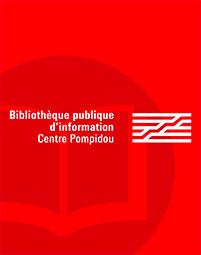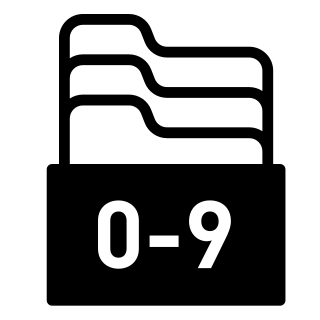par Pessl, Marisha (1977-....)
Gallimard
2015 -
-
Disponible - 821 PESS 4 NI
Niveau 3 - Langues et littératures
Résumé : Ashley Cordova est retrouvée morte dans un entrepôt désaffecté de la banlieue de Manhattan. La police conclut à un suicide, une version à laquelle ne croit pas Scott McGrath, journaliste. Il enquête sur la famille de la jeune femme, et notamment sur son père, Stanislas Cordova, réalisateur de films d'horreur qui n'est pas apparu en public depuis trente ans, entretenant le mystère. ©Electre 2015

 Les bibliothèques de la ville de Paris
Les bibliothèques de la ville de Paris
 Les bibliothèques universitaires
Les bibliothèques universitaires
 La BnF
La BnF
 L'encyclopédie Wikipédia
L'encyclopédie Wikipédia
 L'Encyclopædia Universalis
L'Encyclopædia Universalis
 La bibliothèque du film
La bibliothèque du film
 La médiathèque de la Philharmonie de Paris
La médiathèque de la Philharmonie de Paris



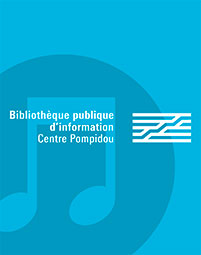

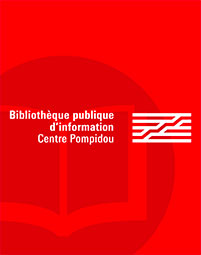
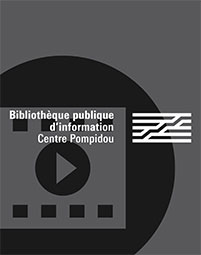

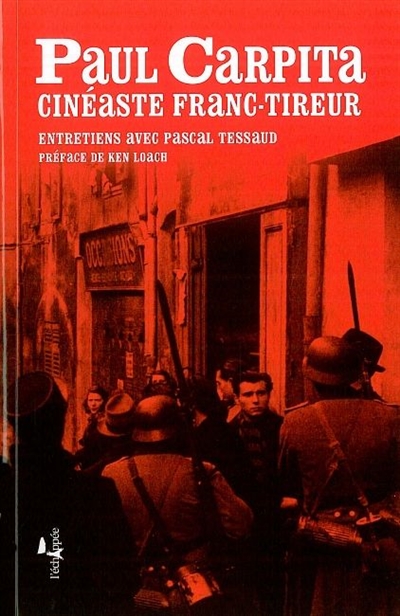
![OK computer : [guitar, tablature, vocal]](/imported_images/partition-et-methode/couverture/0-7579-9166-1.jpg)


![Empire, State, Building : Société réaliste : [exposition au Jeu de paume, Paris, 1er mars-8 mai 2011] with texts by Jozsef Mélyi, Olivier Schefer, Giovanna Zapperi](/imported_images/livre/couverture/978-2-35480-086-4.jpg)
